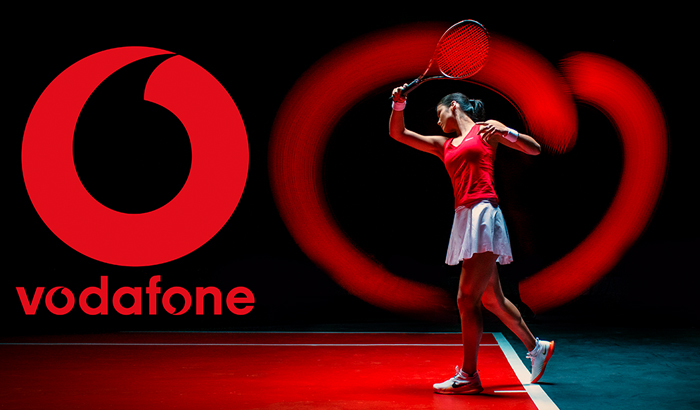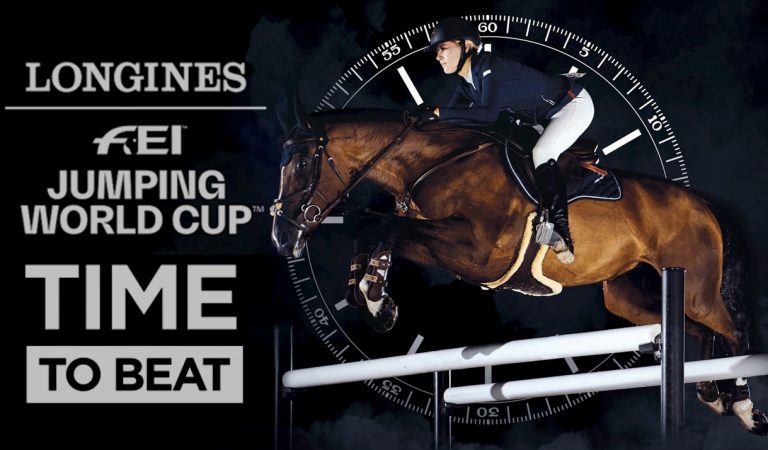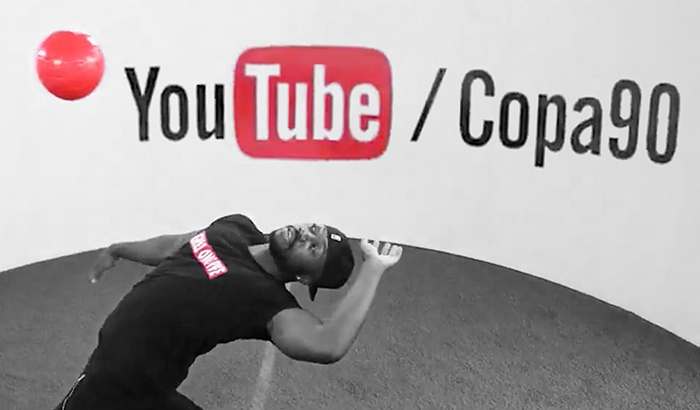Bullet Time Photography in Sports Productions
In an era where technology and sports continue to entwine, photography and videography techniques have developed by leaps and bounds to augment our sports-viewing experience. Among these revolutionary methods, ‘bullet time’ photography has transformed the way we perceive the speed, motion, and drama of sport. This technique is nothing short of breathtaking and provides an entirely unique perspective to the audience. Let’s dive into this fascinating world where time stands still.
Bullet Time in Sports
Bullet time photography has made its mark in various industries, but it’s perhaps most captivating when utilized in the high-energy world of sports. Sports events are filled with split-second actions that are often impossible to fully appreciate in real-time. Imagine capturing that moment of suspense as a basketball player leaps for the slam dunk, a soccer player’s mid-air kick, or a gymnast’s perfect dismount, all frozen in time, yet fully visible from multiple angles.
Broadcasters and sports leagues around the world have adopted bullet time photography to enhance their productions, capturing spectacular moments from different perspectives, thereby enabling fans to experience the game’s nuances.
The Impact on the Audience
Incorporating bullet time photography into sports productions not only allows for a more detailed analysis of players’ movements and strategies, but it also deeply enriches the viewer experience. This innovative technique grants audiences the ability to witness and appreciate the sheer athleticism, precision, and skill of sportspeople like never before.
The blend of artistry and technology that bullet time photography introduces to sports media has fundamentally transformed our interaction with sports. We no longer merely ‘watch’ sports; we now get to ‘experience’ it.
The Challenges
While the effect is undoubtedly stunning, implementing bullet time photography is not without its challenges. The technique demands a sophisticated setup involving dozens, sometimes hundreds, of cameras and precise synchronization. There are also considerable costs for equipment, maintenance, and highly skilled operators.
Moreover, the high-speed data transfer required to process and stitch the images together for seamless viewing necessitates powerful computing capabilities. The complexity of bullet time photography can also create a slower turnaround time, making it less suited for immediate live broadcasting but perfect for replays and post-game analysis.
Looking Ahead
Despite the challenges, bullet time photography is undeniably changing the face of sports broadcasting. As technology continues to advance, the integration of this method into live sports coverage is becoming more achievable. We’re not far from the day when every significant sports event will feature spectacular bullet time sequences, offering us an even richer viewing experience.
The convergence of art, science, and sports via bullet time photography has truly redefined our perception of athletic events. It stands as a testament to the limitless potential of creativity and technology in enhancing our engagement with the sporting world.


















